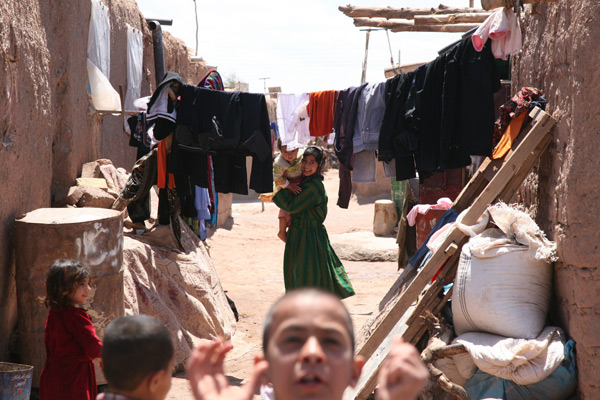Security in Afghanistan: a Country Report
Country of Origin Information (COI) reports are fundamental tools for processing asylum requests and working every day with asylum seekers. In this first article of the COI section we will provide an overview of the security situation in Afghanistan based on the last EASO’s report issued in January 2015.
With 122.790 asylum applications, Afghans have been the second largest refugee population entering the EU in 2014. The United Nations High Commissioner for Refugees estimated in January 2014 that around 2.5 million Afghans were still refugees outside their country.
In fact, the figures do not look so alarming when compared with the peak of 10 million refugees reached during 30 years of civil war. However, the current transitional phase and the consequential escalation of violence have slowed down the influx of voluntary repatriation that started in 2002, rather incrementing exponentially a new outbound movement of Afghans looking for asylum.
The Afghan security situation is of concern. The phase of transition that started with the slow withdrawal of the International Military Forces (IMF) — which was completed in December 2014 — has plunged the country into a new chapter of the conflict, causing a soaring amount of security incidents and civilian casualties, in particular in the southern and southeastern regions.
From January to October 2014, the warfare, which sees the Pro-Government Forces (PGF, including the IMF) fighting against the Anti-Government Elements (EGA: Taliban and other similar armed groups), produced 18.443 security incidents with 4.853 civilian casualties, of which 1.071 were children. Children are considered as a particularly vulnerable category, since they are often victims of unexploded ordnances, explosive remnants of war and landmines.
The high number of civilian deaths is explained by the fact that most EGA’s attacks are enacted in public spaces, such as squares, local markets, densely populated areas and so on.
But the conflict is not the only reason for the widespread insecurity in the country. Rule of law and administrative order are quite a mirage in Afghanistan: the legitimate government agencies face the double challenge of a very high rate of internal corruption (which increases the already very small trust of the population towards those institutions) and the parallel existence of other judicial and administrative systems.
Indeed, in rural areas, civil and criminal judicial controversies are settled by the traditional system of Islamic justice (based on the Sharia) that is chaired by the elders of the village. In some areas, the Taliban control such judicial structures. Neither Rule of Law nor basic rights to defense are guaranteed by these systems, strongly undermining the citizen’s right to enjoy a fair trial.
Women are particularly affected by the enforcement of the traditional Islamic law, especially in the regions that are under the control of the Taliban. Many women every year are convicted by these judicial councils and often undergo harsh punishments, such as mutilation.
In several documents dealing with the Afghan security situation, international and regional agencies, such as the UNHCR and EASO, have declared the Afghan authorities unable to provide protection against violence towards the population.


